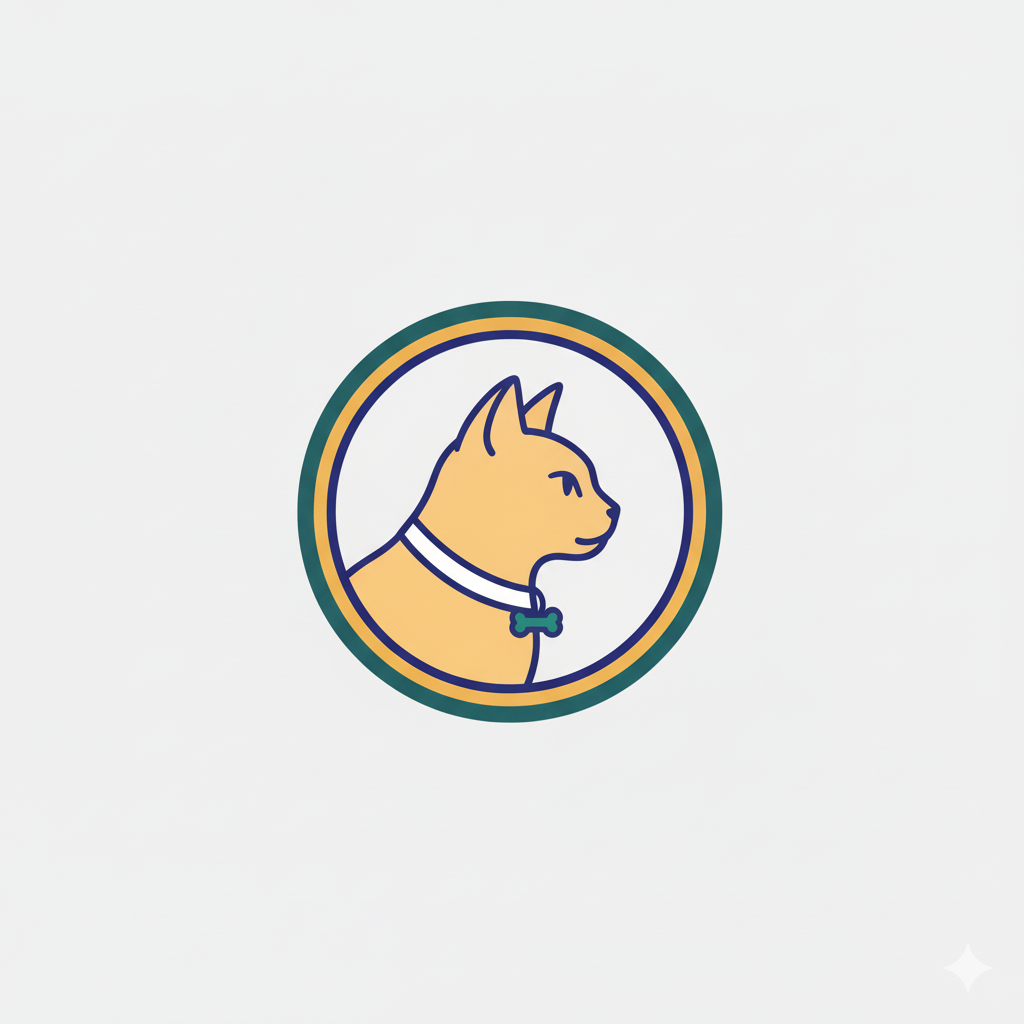Ecological Impacts of Cats on Neighborhood Wildlife
Understanding feline influence on local ecosystems
Cats and wildlife share a complex relationship that significantly affects neighborhood ecosystems. The ecological impact of cats is primarily driven by their predation habits. Both domestic and feral cats are skilled hunters, often preying on birds, small mammals, reptiles, and insects. This predation pressure can lead to noticeable declines in native wildlife populations, particularly songbirds and small rodents.
Also read : How Can We Foster a Stronger Connection with Our Feline Friends?
Outdoor cats contribute to this effect by hunting even when well-fed, driven by their natural instincts. This can lead to the disruption of local food webs, as the reduction of certain species cascades through the ecosystem. For example, fewer small mammals might reduce the prey available for native predators, while fewer birds can affect seed dispersal and insect control.
The ecological impact of cats extends beyond direct predation, as wildlife imbalances can shift the neighborhood ecosystem’s overall health. Recognizing these influences helps communities develop strategies to protect native species while managing outdoor cats responsibly. This balanced approach safeguards biodiversity and promotes healthier neighborhood ecosystems where feline and wildlife interests coexist.
Also read : What Are Some Unique Features That Make British Cats Stand Out?
Effects on Biodiversity and Species Balance
The impact of cat predation effects on ecosystems often leads to significant biodiversity loss. Cats tend to prey on native species, which reduces their populations and disrupts natural balances. When native species decline, invasive or non-native species can gain a foothold, worsening the disruption. This imbalance affects not only individual species but entire food webs.
Over time, the cumulative effects of cat predation can lead to drastic changes in ecosystems. Native species often play critical roles, such as controlling pest populations or pollinating plants. When these species are lost, ecological functions degrade, often triggering further species disruption. This can accelerate the introduction and spread of invasive species, which may outcompete native wildlife.
This cycle of decline highlights the urgent need to manage cat populations responsibly to protect native wildlife and prevent long-term ecological damage. Addressing this issue benefits both conservation efforts and broader biodiversity goals by maintaining healthier and more resilient ecosystems.
Indirect Impacts and Community Health Considerations
Cats influence environmental health beyond just being pets. One significant concern is their role in spreading zoonotic diseases—illnesses transmitted from animals to humans. Cats can carry parasites and bacteria that pose risks to community health, especially if hygiene and control measures are inadequate.
Regarding rodent control, cats naturally hunt rodents, which might initially seem beneficial. However, this influence can disrupt ecosystem balance. A reduced rodent population might cause predatory shifts or overpopulation of other species, leading to unforeseen ecological consequences. Moreover, some rodents contribute positively, for example, by dispersing seeds or serving as prey for native predators.
Another indirect effect involves pollinators and secondary wildlife. Cats venturing into gardens and green spaces may threaten bird species that control insect populations or directly impact pollinators that are essential for plant reproduction. This poses challenges for maintaining healthy ecosystems.
Understanding these multifaceted interactions helps communities consider both benefits and risks of cat presence. Proactive measures in rodent control and careful monitoring of wildlife health can mitigate negative impacts while supporting overall environmental health.
Scientific Perspectives and Predation Statistics
Scientific studies on cats provide crucial insights into their impact on native wildlife. Peer-reviewed research consistently reveals that cats are effective predators, with ecological studies demonstrating significant effects on local fauna. Annual predation rates vary widely, but some studies estimate that a single outdoor cat can kill dozens to hundreds of animals per year.
Cat predation data from ecological studies indicate that rural cats tend to affect a broader range of species compared to urban cats. However, urban cats still pose risks by preying on birds, small mammals, and reptiles. These findings underscore the importance of understanding spatial variations in predation patterns.
The implications of this predation are significant. Scientific studies on cats note disruptions to ecosystem balance, with declines in vulnerable species often linked to cat activity. Such research highlights the necessity for informed management practices to limit negative outcomes.
In summary, peer-reviewed research paints a detailed picture: cats are prolific hunters whose predation has measurable ecological consequences. This knowledge enables better decisions for protecting biodiversity while considering the role of domestic and feral cats in various environments.
Management Strategies and Paths to Coexistence
When considering cat management, humane population control plays a crucial role. The widely recognized Trap-Neuter-Return (TNR) program stands out for its effectiveness in reducing stray and feral cat populations. In TNR, cats are trapped, sterilized, and then returned to their environment. This method curbs reproduction without resorting to euthanasia, allowing communities to manage cat numbers while respecting animal welfare.
Responsible pet ownership is another cornerstone of coexistence strategies. Secure containment, such as indoor housing or enclosed outdoor cat enclosures, prevents cats from roaming and impacting local wildlife. This approach minimizes conflicts and supports long-term ecosystem balance.
Community-led wildlife protection initiatives complement TNR and responsible pet care by fostering local stewardship. Educating residents about the importance of humane population control and the impacts of free-roaming cats can encourage collective action. Together, these coexistence strategies present a balanced path forward, ensuring both feline well-being and protection of biodiversity. Exploring these methods can guide communities toward sustainable cat management and peaceful coexistence.
